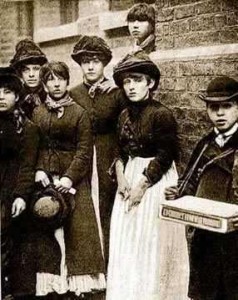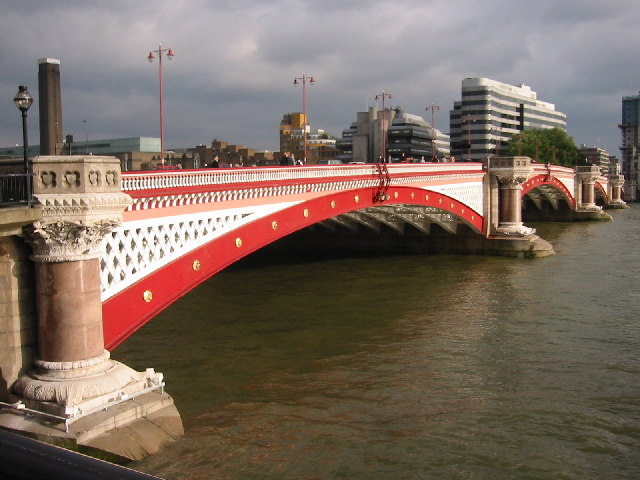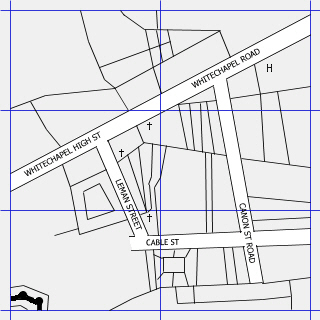In Stockholm,
September 2-4, 2015
Visions and Governance
in the context of green infrastructure, ecosystem services and landscape
analysis...
...organized by World Wide Fund for Nature, Sweden (Världsnaturfonden, WWF) and Association for Ekoparken (Förbundet för Ekoparken)
---of interest to folk dealing with Phoenix Park, Dublin and Hyde Park (and others) London----
Background
Urbanization
continues all over the world, pressing on and transforming ecosystems. In 40
years the urban population will double. We need to take stock of the consequences
and seriously judge the value of green cities and, in this conference, focus on
large parks.
There are
large parks in many large cities in many parts of the world, even larger than
well-known parks such as Central Park in New York and Hyde Park in London.
Sometimes they are not recognized as parks, but are left-over-land that one day
may be exploited. Or they may be national parks right on the border of the
city, as in Nairobi and in Cape Town. Or they may be planned green wedges or
belts around a city. Nevertheless, they serve as lungs of the city,
recreational areas for its population and nature’s reminder of the foundations
of city life and the history of the city.
In central
Stockholm an area of 27 km2 in 1995 was designated a national city park by the Swedish
parliament, the first national park in a city in Sweden (www.ekoparken.org and www.nationalstadsparken.se ). The park, named “The Royal National City
Park”, since it to a large extent has a history as a royal leisure and hunting
ground, is one of the few urban areas investigated in the United Nations
Millennium Ecosystem Assessment. Twenty years after its inception, in 2015, we
will stage a conference in Stockholm to assess the importance of large parks in
large cities.
Aim and theme of the conference
The aim of
the conference is to highlight large
parks in metropolitan areas and to discuss their importance and role in the
future, taking into account the enormous development of townscapes that is
foreseen. We will also discuss status, protection and maintenance – in short
the governance of large parks in large cities. This will be done within the
context of overall green infrastructure, ecosystem services and sustainable
cities. Large parks at the same time constitute a basis for understanding the
landscape in which the city is set. Another goal is to create a network of
people working with large parks around the world.
Themes we like to address are:
· visions of large parks in large cities
· the specific aspects of large parks and nature reserves in townscapes in
contrast to urban greening in general
· the role of large parks in urban ecology
· the role of large parks as a source of biodiversity in cities
· ecosystem services from urban green areas and specifically from large
parks in large cities
· the role of large parks when building the sustainable city and
mitigating climate change
· the role of large parks when integrating – functionally and
architecturally – the city in the landscape
· large parks in understanding
the history of the landscape
· the establishment and legal status of large parks
· urban planning for large parks – threats and conflicts
· governance of large parks in large cities
These
themes can be addressed through case studies, research and practical
applications of planning and nature conservation. We strongly encourage presentations of large parks in metropolitan
areas and large cities at this conference. We ask for contributions from
both practitioners and researchers. There are bound to be conflicts concerning
large parks in metropolitan areas and town planning perspectives differ widely
regarding ecological values. We therefore encourage contributions setting out
such conflicts, either in the particular case or in general.
Invitation
With this
first call we invite you to a conference on large parks in metropolitan areas
and large cities. WWF ask you, therefore, to state your interest in
participating in such a conference and whether you might contribute with a
paper or a poster on a specific large park or one dealing in a general way with
any of the themes mentioned above.
In case you
would like to propose a workshop or symposium on a specific subject – one of
the above mentioned or a related subject – please let us know.
The
conference is to be held in Stockholm, in the first week of September, a very beautiful time of the year in the
Royal National City Park, between the 2nd and the 4th of
September 2015. The program will include
keynote presentations, invited and contributed conference papers and posters,
panel discussions, workshops and excursions in and around Stockholm. There will
be a welcoming reception and a banquet dinner.
WWF anticipate a registration fee of about €350.
Please state your
interest to participate as soon as possible and preferably before the 30th
of June 2013.
WWF would
like you to indicate whether you would be interested in attending and whether
you would want to contribute a paper or a poster (please state a tentative
subject), or if you wish to organize a workshop or symposium
(please state a
tentative subject). WWF would like to hear from you preferably before July 31st 2013. (Please use the separate form for
doing so at the conference website www.largeparks.se .)
Conference organization
The conference is
organized by World Wide Fund for Nature, Sweden (Världsnaturfonden, WWF) and
Association for Ekoparken (Förbundet för Ekoparken), in cooperation with
Stockholm University (Stockholms universitet), Swedish University of
Agricultural Sciences (Sveriges Lantbruksuniversitet), Stockholm Environment
Institute, Royal Swedish Academy of Letters, History and Antiquities (Kungliga
Vitterhetsakademien), Royal Swedish Academy of Fine Art (Kungliga
konstakademien), Royal Swedish Academy of Science (Kungliga
Vetenskapsakademien), Royal Academy for Forestry and Agriculture (Kungliga
Skogs- och Lantbruksakademien), Swedish Museum of Natural History (Naturhistoriska
Riksmuseet), Swedish Association for Nature Conservation in Stockholm
(Naturskyddsföreningen i Stockholms län), Royal Djurgården Administration
(Kungliga Djurgårdens Förvaltning), Samfundet S:t Erik, Stockholms läns hembygdsförbund and Kommittén
för Gustavianska Parken.
For further questions please contact:
Organizing committee
·
Peter
Westman, World Wide Fund for Nature, Sweden (Världsnaturfonden, WWF), chairman
·
Henrik
Waldenström, World Wide Fund for Nature, Sweden (Världsnaturfonden, WWF), vice
chairman, conference secretary,
·
Richard
Murray, Association for Ekoparken (Förbundet för Ekoparken), vice chairman,
conference administrator
·
Monica Andersson, Samfundet S:t
Erik
·
Stephan
Barthel, Department of History, Stockholm University (Historiska institutionen,
Stockholms universitet)
·
Thomas
Elmqvist, Stockholm University, Department of System Ecology, Stockholm
University (Systemekologiska institutionen, Stockholms universitet)
·
Clas
Florgård, Swedish University of Agricultural Sciences (Sveriges lantbruksuniversitet)
·
Gunnar Haeger, Royal
Administration of Djurgården (Kungliga Djurgårdens förvaltning)
·
Maria
Ignatieva, Swedish University of Agricultural Sciences (Sveriges
lantbruksuniversitet)
·
Margareta
Ihse, Department of
Physical Geography and Quarternary Geology, Stockholm University (Institutionen
för naturgeografi och kvartärgeologi, Stockholms universitet)
·
Bengt OH Johansson, Kommittén för
Gustavianska Parken
·
Lars
Nilsson, Department of
History, Stockholm University (Historiska
insitutionen, Stockholm universitet)
·
Bengt
Rundquist, Stockholms läns hembygdsförbund
·
Ulf
Sporrong, Royal Swedish
Academy of Letters, History and Antiquities (Kungliga Vitterhetsakademien)
·
Lennart
Tonell, Department of
Human Geography, Stockholm University (Kulturgeografiska institutionen, Stockholms
universitet)
·
Mårten
Wallberg, Swedish
Association for Nature Conservation in Stockholm (Naturskyddsföreningen i
Stockholm)
·
Jan-Olof
Westerberg, Swedish
Museum of Natural History (Naturhistoriska riksmuseet)










 Saturday 8th June 2013, the ninth FREE TUC Chainmakers’ festival in Bearmore Mound Playing Fields, Cradley Heath, B64 6DU
Saturday 8th June 2013, the ninth FREE TUC Chainmakers’ festival in Bearmore Mound Playing Fields, Cradley Heath, B64 6DU





 ..
..



 For an informal discussion please contact Richard Haynes, Scheme Manager, Up on the Downs Landscape Partnership on 01304 872130
For an informal discussion please contact Richard Haynes, Scheme Manager, Up on the Downs Landscape Partnership on 01304 872130





